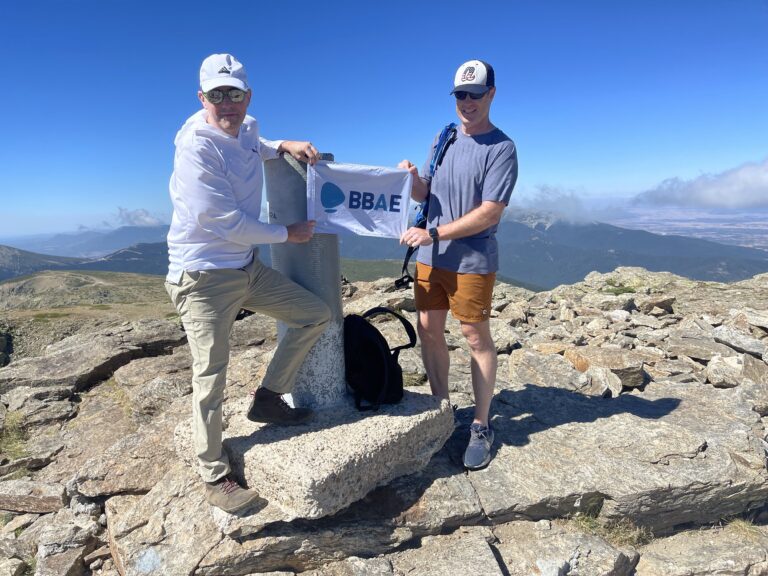Einride IPO: A Look at the Autonomous Freight Company
This week, Einride, a Swedish technology company specializing in digital, electric and autonomous freight transport, announced that it is preparing to enter the public markets through a merger with Legato Merger Corp. III. The proposed deal values the company at a pre-money equity valuation of $1.8 billion, positioning Einride as one of the most ambitious next-generation logistics platforms to pursue a public listing in recent years. For retail investors who follow developments in artificial intelligence, electrification and autonomous vehicle technologies, the announcement adds another notable entrant to this evolving sector.
In this article, we review the details of Einride’s SPAC IPO, examine the company’s business model, evaluate its revenue profile and stage of growth, and highlight key considerations for investors.
About Einride
Founded in 2016 and headquartered in Stockholm, Einride develops and operates electric and autonomous freight solutions designed to accelerate the shift away from diesel-based transportation. Unlike many startups in the autonomy space that primarily focus on software or pilot programs, Einride already runs one of the world’s largest fleets of heavy-duty electric trucks, complemented by its cab-less autonomous vehicles. The company’s operations span North America, Europe, and the Middle East, serving 26 customers across seven countries.
At the core of Einride’s strategy is an integrated technology platform that combines three layers: electric vehicles, autonomous systems, and AI-powered freight management. The company claims more than 11 million electric miles driven, 350,000 executed shipments, and over 1,700 driverless hours in contracted customer operations. In an industry where autonomy often remains stuck in testing phases, Einride emphasizes that these are live, commercial deployments rather than demonstrations.
Einride’s Business Model
Einride’s business model is structured around two recurring-revenue engines: Freight-Capacity-as-a-Service (FCaaS) and Software-as-a-Service (SaaS).
Freight-Capacity-as-a-Service (FCaaS)
Through FCaaS, customers subscribe to a bundled service that includes electric trucks, operational planning, charging solutions, maintenance, and drivers—or, in autonomous deployments, the autonomous vehicle itself. Instead of buying trucks outright, customers pay a take-or-pay monthly rate tied to contracted minimum capacity, plus variable fees for additional usage. Contracts average around 4.5 years, giving Einride strong revenue visibility. The company also provides a full suite of end-to-end services, from network assessment to operations.
Software-as-a-Service (SaaS)
The second component is a scalable licensing model. Here, Einride sells access to its AI-driven freight optimization platform and its proprietary autonomous driving system. This allows fleet owners—including those who operate their own electric or autonomous vehicles—to adopt Einride’s planning tools and autonomy stack without purchasing hardware from the company. The platform is “vessel-agnostic,” meaning it can be installed on a range of heavy-duty vehicle types beyond Einride’s own.
Together, these models combine the stability of long-term service contracts with the scalability of software licensing—an important point of differentiation in an industry where many companies rely heavily on capital-intensive hardware sales.
Revenue and Growth Profile
Although still early in its growth trajectory, Einride is not pre-revenue. According to the investor materials:
- Einride currently operates at a run-rate annual recurring revenue (ARR) of approximately $45 million.
- It has $65 million in ARR from signed customer contracts.
- The company also identifies more than $800 million in potential long-term ARR through “Joint Business Plans” developed with customers. These plans outline future fleet expansions and deployments, although they are non-binding and not guaranteed.
These numbers place Einride ahead of many autonomous trucking companies that remain largely pre-commercial. The company’s ARR is based on services already delivered or contracted—not merely pilot programs—supported by a growing fleet of 185 electric trucks and multiple autonomous vehicles.
Einride has raised $524 million to date, including a mix of equity and convertible instruments, and continues to invest in charging infrastructure, AI systems, and international expansion.

Technology and Autonomy System
Einride’s autonomy strategy differs from traditional driver-in-cab approaches taken by other AV companies. Its flagship autonomous vehicle is a cab-less electric truck, built from the ground up to operate without a human driver. The company highlights that it was the first globally to obtain permits for heavy-duty cab-less vehicle operations on public roads, beginning in Sweden in 2019 and later expanding to the U.S. in 2022.
The autonomous system uses a three-modality perception stack (LiDAR, cameras, radar) combined with GNSS and motion sensors. What differentiates Einride’s architecture is its dual-path design: a deep-learning model that mimics human driving behavior paired with a deterministic rules-based system that acts as a safety backstop. This structure, the company says, has been crucial for obtaining regulatory approvals, which now occur in “weeks rather than months.”
In its commercial deployments, Einride reports zero traffic incidents, an important achievement in a regulatory landscape that has become increasingly skeptical of autonomous driving claims.
The SPAC Transaction and What Comes Next
The deal with Legato Merger Corp. III is expected to provide $219 million in gross proceeds, excluding redemptions, plus a potential $100 million PIPE. Existing shareholders will retain approximately 83% of the combined company if the PIPE is fully raised. The transaction, already approved by both boards, is expected to close in the first half of 2026.
Once public, Einride plans to expand its U.S. operations, invest further in R&D, build domestic supply chains, and increase autonomous deployments. The company portrays itself as entering a clear commercial ramp-up phase—not just testing technology, but scaling contracted operations.
This article is for informational purposes only and is neither investment advice nor a solicitation to buy or sell securities. All investments involve inherent risks, including the total loss of principal, and past performance is not a guarantee of future results. Investing in initial public offerings (IPOs) carries additional risks, such as volatility, limited operating history, lack of liquidity, and potential overvaluation. IPO stocks may experience significant price fluctuations and may not perform as expected. Always conduct thorough research or consult with a financial expert before making any investment decisions. BBAE has no position in any investment mentioned.










